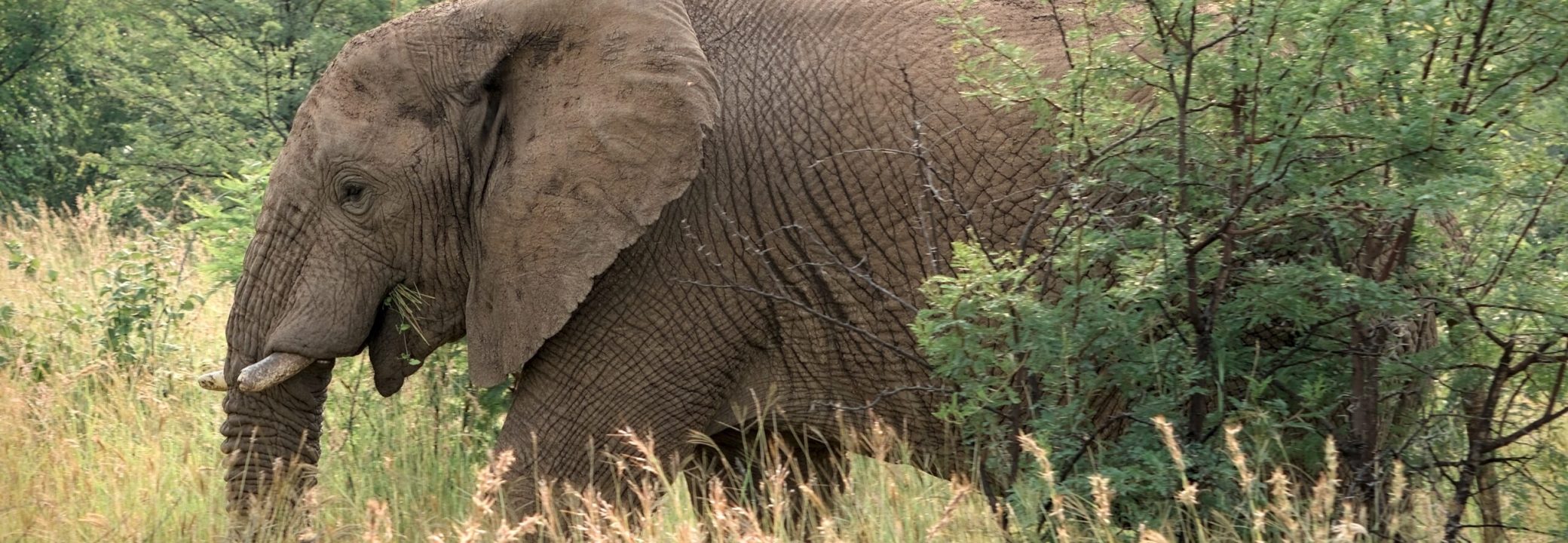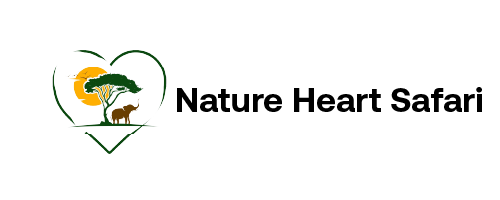
Tarangire National Park
Rate :$240 to $5335
Best time : June to October
High season : July to October
- Overview
- History
- Why visit
- Things to do.
- Weather & Climate
- Best time to visit
- Getting to
Tarangire means the river of warthogs. It is named after the Tarangire river, the only source of water for the wildlife in the region during the dry season. The park is located in northern Tanzania and is mainly known for the presence of large elephant concentrations, birds, and an abundance of baobab trees. Tarangire is the sixth-largest national park in Tanzania. It hosts an abundant diversity of wildlife and chances of spotting four of the big five (elephants, buffalos, lions, and leopards) which makes it among the must-visit when on a Tanzania safari. Tarangire is the true untouched Africa at its best. Tarangire is also known as the land of giants due to the presence of elephants and baobab trees.
The Park covers an area of 2850 sq. km in size and is located 118 km southwest of Arusha. There are more breeding species of birds found in the park than anywhere else on the planet thus making it to be a paradise for birders. Some of the wildlife found in Tarangire includes lions, leopards, cheetahs, primates, ostriches, flamingos, elephants, rhinos, giraffes, zebras, gazelles, buffaloes, wildebeests, pythons, hartebeests, elands, and impalas. The Tarangire national park is an excellent choice during the dry season when animals are forced to move closer and closer to the river in search of water and it gives scenic game views.
The area was established as a national park in the year of 1970 before big game hunters used it as a hunting ground.
The area is home to the three main distinct tribal groups living around the Tarangire national park.
The park is the land of the Barbaig, Nilo-Hamitic-speaking pastoralists with similar social structures to their successors, the Maasai, historically reputed for their power as rainmakers. It is also home to the Tatoga people, renowned for their skill in developing terraces and agriculture.
The area was established as a national park in the year of 1970 before big game hunters used it as a hunting ground.
The area is home to the three main distinct tribal groups living around the Tarangire national park.
The park is the land of the Barbaig, Nilo-Hamitic-speaking pastoralists with similar social structures to their successors, the Maasai, historically reputed for their power as rainmakers. It is also home to the Tatoga people, renowned for their skill in developing terraces and agriculture.
Game viewing/drive.
Naturally spotting wildlife is the reason most people plan an African safari adventure. It is an experience unlike any other, to see animals freely roaming in their own natural habitat.
The presence of varieties of animals in the Tarangire national park attracts many safari lovers to visit the park for game drives.
Tarangire has the largest population of elephants in northern Tanzania. There are also large numbers of zebras, giraffes, water buffalo, and warthogs, as well as large predators like lions, leopards, and hyenas.
It is highly recommended to Visit the park during the dry season (June to October), this is because you’ll be able to see the amazing abundance of wildlife.
Tarangire River is the only permanent source of water in the area during the dry season, so animals flock all day along the river.
- Birding.
There are more breeding species of birds found in the Tarangire national park than anywhere else on the planet thus making it to be a paradise for birders.
The park has a recorded number of 550 different bird species which is the highest count of any Tanzanian park and about the third of all bird species in Tanzania.
Tarangire National Park has a dry season from July to October, offering sunny days and clear skies. The average temperature is 25°C (77°F), but it can get chilly at night, dropping to 14°C (57°F). Rainfall is minimal, less than 1mm (. 04 inches) per month, and low humidity.
Dry season months in Tanzania range from June through November are the best times to visit the Tarangire National Park. This is because most of the animals are forced to head towards the Tarangire river (the only source of water in dry months) so as to remain hydrated hence providing travelers with brilliant game-viewing opportunities.
Another cheerful reason to visit Tarangire during the dry season is the absence of harmful insects such as mosquitos this is to the fact that there will be no water holes around for them to lay their eggs.
unfortunately, the hot conditions of Tarangire favor the activities of tsetse flies. So, you are advised to do your game drives mostly during cooler hours of the day as the more it gets warmer the more tsetse flies come to action.
So, is it good to visit Tarangire during the wet seasons?
Yes, The Tarangire can still be enjoyed during the wet season. This is because the park will be less crowded with unique forested landscapes which come alive during the wet season.
Also, non-migratory species such as lions, cheetahs, leopards as well as birds can be seen during the time.
The Tarangire national park is among the famous parks in the northern circuit safari in Tanzania. The park is located 124 km (2hrs 30 min) drive from the main tourist hub, Arusha.
There are two means of getting to this astonishing Tanzanian safari park. The first one is by land and the other one is by air. The presence of the tarmac road from Arusha to the area has made it even easier to access the park.
Also, another quick way of getting to the area is by air. There are airstrips in the park facilitating the landing and taking off for the visitors.
Where to stay in Tarangire national park.
There are many reasons to visit the park. From its amazing wildlife diversity, unique vegetation such as baobab trees up to its large herds of elephants plus the amazing landscapes makes it the best northern park for safari.
Tarangire does not only offer spectacular game drives but also a number of accommodation facilities for visitors.
From budget camping safaris, and medium-tented camps to luxury lodges depends on your budget. Are all found inside and outside of Tarangire national park?
Here are some of the lodges and camps found in the area.
- MARAMBOI TENTED CAMP.
Located on the shores of Lake Manyara. Maramboi is a huge permanent tented camp offering game drives in both Manyara National Park and Tarangire.
It’s a bit big but that serves to keep the price incredibly low given the quality of the rooms and main areas.
- Tarangire treetops.
Tarangire Treetops is amazing. The quarters, the design, and the views. It’s an ideal setting for a safari camp and the quality of the product really shines through. The park is located outside the park.
- Tarangire Safari Lodge.
Tarangire safari lodge is among the oldest permanent lodge in Tarangire. The lodge offers a spectacular view of the park and the Tarangire River.
Tarangire Safari Lodge offers something for all tastes, whether you're being lulled to sleep by a hyena laughing in a tent or enjoying the views of the watering hole from your hut, you're right at the heart of the action!
- kirurumu tarangire.
Kirurumu is the best of the tented camps set around the edge of Tarangire. It is only 15 minutes to the park gate and yet feels beautiful and wild.
The campfire outside the front of the lodge is an imaginary place to relax and feel very much a part of the African bush, as many animals come through the camp in the dry season involved by the swamp which is neatly placed at the front of the lodge.
- KURO CAMP.
Kuro is one of Tanzania’s newest camps and a classic safari experience. Inserted away in a secluded area of the park, this is a good option for those wanting Nomad’s tried and tested combination of luxury, environmental awareness, and great guiding.
The above is just a taste of what Tarangire National Park offers. If you have a specific lodge in mind or are just looking for something unique, please feel free to let your Nature heart safari expert know and they'll find the right fit for you!
Suggested Tarangire National Park Tours
Contact Us
- info@natureheartsafaris.com
- +255 692 691 900
- Arusha,Tanzania
Our Company
Recent Tours
Copyright © 2025, by Nature Heart Safari. All Rights Reserved
Copyright © 2025, by Nature Heart Safari. All Rights Reserved
Our Company
Contact Us
- info@natureheartsafaris.com
- +255 692 691 900
- Arusha, Tanzania


